There are several reasons as to why you’d want to try T-shirt Designing. You could either have a great design idea you think others would genuinely like, or you could be a businessman trying to promote a product or brand. Alternatively, you could just be trying to hold a special family gathering and want to design a simple uniform T-shirt for all your family members.
There could be many possibilities for wanting to master the art of t-shirt design; however, the fundamentals of doing so remain the same. It is crucial to understand the entire process from beginning to end to truly understand what tshirt design is.
Here are 7 important steps for mastering the art of t-shirt design:
1. Understanding the purpose:
As we discussed above, there could be various reasons, as to why you’d want to learn t-shirt design. However, whatever might be your purpose, you’d realize it would involve branding to a certain extent. Branding becomes the primary goal for t-shirt design when you’re doing it for brand promotion. Even if you’re into fashion, you’ll need to maintain the sense and aesthetics of your brand into your different garments. A critical aspect of t-shirt design is clear communication, especially for organizing or hosting an event.
A good practice is always to make note of styles, personality traits and key themes you want to make use of, to accurately portray your brand and shirts. Certain parameters you could understand if your brand has a serious undertone or a playful one. Are you into conservative clothing or you have an edgy approach to your t-shirt design? Economically do you produce t-shirts that are luxurious or affordable? A well-executed t-shirt design should answer all these questions at once.
It is important as a designer not to let your personal bias or preferences influence your design. Instead, you need to rely on quantifiable factors like understanding; who your target audience is, what traits as a business you need to have that would appeal to them and more.
2. Set and plan your budget:
A significant aspect of T-shirt Design is to understand your budget and spending capacity for a specific project. Another element to consider is the quantity of the order. The economics of your t-shirt design does impact your design.
One direct impact of the budget is on the number of colors you can incorporate in your design. Another factor is the choice of the printing method, where using additional colors might cost more money. For a tight budget project, you could save up on cost by conversing colors.
Generally, your printing method is affected by the number of shirts you have to make. There are certain bulk-efficient methods; on the other hand, there are higher cost printing methods per shirt for smaller orders.
3. Understanding the different printing options:
There are many printing options which provide you with the flexibility of selecting the right one as per your budget and requirement. Various factors that affect selecting the best printing method are; cost, production time, appearance and materials.
Let’s get a brief idea about each available printing method:
1. Screen Printing:
It is probably one of the most used printing techniques for a t-shirt design. The printer makes original screens for your design. Each color gets its screen. This allows you to print in bulk quantities.
The advantage it offers is that it is a reliable standard for printing t-shirts. It is also affordable, not compromising on quality. Generally, orders over 20 units are worth printing by this method. The disadvantage is that you’d need to produce a different screen for each color your t-shirt design has. Hence very colorful designs might prove to be expensive with this method.
2. Direct-to-garment:
This method uses inkjet printing and directly prints on the fabric. Such printers generally have platen that allows the printer to hold the garment steady in one position. The advantage of using DTG printers is the flexibility of creating customizable designs with minute details and range of color choices. However, this method should only be used for a sample size order as the more you use it, the less viable it becomes. It also doesn’t work best on dark color garments.
3. The Vinyl Graphics Method:
Vinyl Graphics takes advantage of heat transfer mechanism to transfer the design to the t-shirt. It works by using a particular machine to cut out designs and letters from a color vinyl. Then you should heat-press them to the t-shirt for transferring the design’s color.
Vinyl Graphic method leads to t-shirt designs that are highly durable and of great quality. Helps any design stand out. The limitation of this design method is that getting additional colors increases the cost, hence it isn’t ideal for large orders.
4. Planning your design concept:
Now that you have understood the various parameters of t-shirt designing, it is time actually to get started. You should not rush to reach this place when designing. The more time and thought you give to the process up till now, the better the results would be.
Certain elements that could help you with your design choices are:
1. T-shirt style:
Ideally, a T-shirt is called a t-shirt as it resembles the letter T. However, not all T-shirts are the same, there are some variations available. The t-shirt style also needs to be carefully selected for delivering precisely what the client or customer is looking for. For instance, crop tops might not be best suited for a formal law firm setting.
2. Size of the sketch:
As you start sketching your initial design idea, ensure that it can translate to actual size. Generally, an 18 by 18 inches canvas helps sketch you a real-time t-shirt size design. You need not fill the entire space that canvas has to offer. Depending on your design pattern, you can make use of the space as you like. A minimalist design would use a smaller logo hence taking up lesser space. Using a realistic size canvas would give you a better idea of the proportions.
3. Imagery and style:
As a designer, you need to remember what the brand is, what market does the brand cater to, and how designing a t-shirt is going to help your brand. Your design needs to be relevant to the market it is catering to. Ideally, you should be able to tell at a glance whom the t-shirt is designed for.
For instance, a kid’s t-shirt might include cartoons and cute animal sketches, whereas a heavy metal band t-shirt might include skulls and flames to better complement and adhere to that target audience. You cannot have a mismatch here, as if you use cartoon designs for a metal band, or skulls for a children t-shirt it would have dire consequences, and you’d lose the market entirely.
It is important to remember that you are designing a t-shirt that is worn on bodies. Bodies don’t have uniformity when it comes to shape and size. From a designer’s perspective, the subject isn’t as symmetrical as you’d want. Hence you should resort to simpler designs that are flat to ensure that the design or the image don’t fall on unintended places.
4. Using Typography for T-shirt Design:
Typography is an essential part of t-shirt design. There is generally some of the other text attached to a t-shirt design most of the times. The fonts that you choose as a designer also reflects the brand you’re designing the t-shirt for. Script and serif fonts help the design look classic, whereas sans serif font gives the design a modern look. You could also experiment with display font; however, ensure you don’t compromise on readability. If the content on your t-shirt is crucial, ensure it doesn’t get overshadowed by too decorative typography.
5. Using colors in a t-shirt design:
Colors are the fastest and easiest way of associating specific characteristics or personality with any design. Each color has various shades, tints and hue. Each of them caters to different emotions. This works great as a quick trick to portray or set the mood of your brand in your t-shirt design.
For T-shirt design, there are two sets of colors you need to keep in mind; print colors and fabric colors. To ensure that both work in harmony and complement each other, it is ideal to use fabric colors as the base of your design ideas. Printing colors can be tricky as t-shirt inks work differently. The cheapest method to do so would approximate the colors of your design.
Each color has a color code; however, if you try searching for a particular code, it might be expensive and time-consuming as well. Hence, one way to go about it by approximating the color value by the color name, not getting into the details. However, this might lead to deviation in color shade from what you see on your printer and the final color on your cloth.
For the exact color match, you would need to use custom CMYK inks or Pantone. Pantone makes use of ink tones that are predefined and that your printers can purchase. CMYK, on the other hand, attempts to create the desired color, by mixing Cyan, Magenta, Yellow and Key inks.
6. Choose a path:
Now that you’re ready with your design idea, next is execution. You could either take the DIY approach or hire a professional to take care of it for you. Let’s discuss both in detail:
1. DIY (Do It Yourself):
Since you’re designing the t-shirt all by yourself, you can set the price and the budget for it. It also gives you complete creative freedom as a designer; however, you need to understand that there is a reason that professionals charge the premium for their services and stick to specific design guidelines.
If you’re on a constrained budget, you could give trying DIY a chance, and however, if you feel overwhelmed by the designing practices, you should turn to a professional for help.
2. Hire a Professional:
If you’re a businessman or a solo entrepreneur, there’s a lot on your plate, to adjust designing as well. In such cases, you should hand it out to the professionals. When you work with a freelancer, it can get a little tricky, but it’s usually an engaging and productive activity. The key is to find the right designer who understands your design philosophy and understands what you’re searching for.
Effective communication is a must with designers to translate your idea into a tangible design. For doing this, explaining just the design won’t help as much. You should be open to tell them about your target audience, visual style, color schematics and other valuable inputs for them to be able to paint the picture better. You could also send reference images or design that you think is close to what you intend to achieve.
7. Get the right format:
You’re done with the T-shirt design, and you’re good to go. However, you need to ensure that you have the right files for your design. Ideally, you’d need your design in a vector format; which would be an Illustrator, EPS or a PDF file. Apart from this, you’ll also need color codes either by Pantone or CMYK base, to ensure your T-shirt design color translates from digital to print accurately.
Now you’re good to go, and you have a t-shirt design that is best suited for your purpose, budget and relevance to the target audience. T-shirt designing is gaining widespread popularity, and it’s a trend any business can benefit from if they understand it rightly. This was 7 steps to mastering the art of t-shirt design.
The post T-Shirt Design: Mastering the Art of T Shirt Designing appeared first on Web Design Blog | Magazine for Designers.
via https://ift.tt/2OXjYfJ


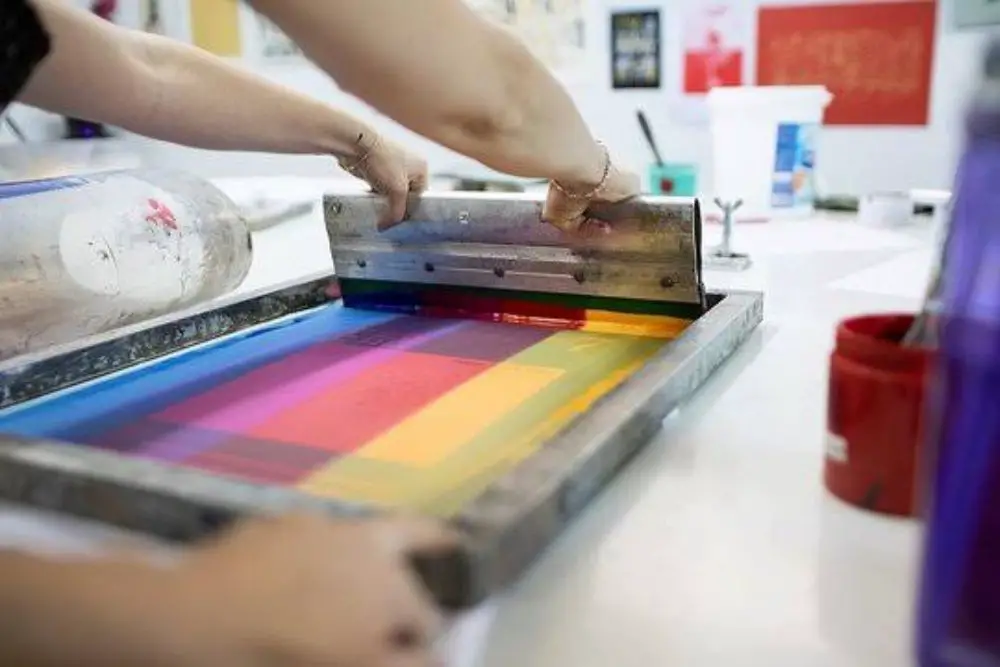
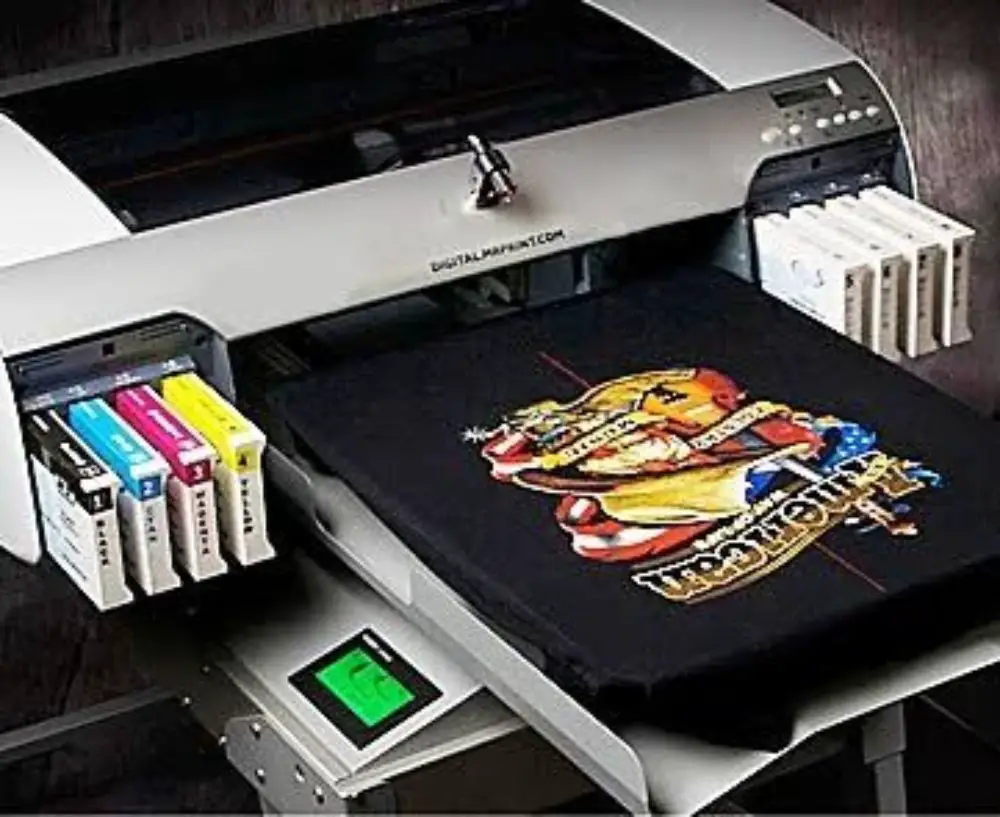

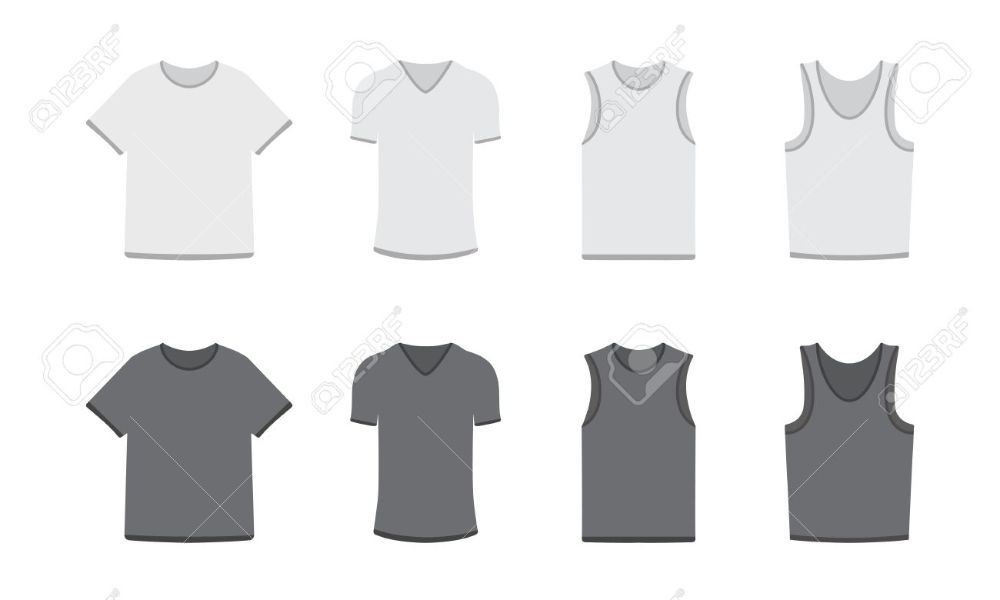
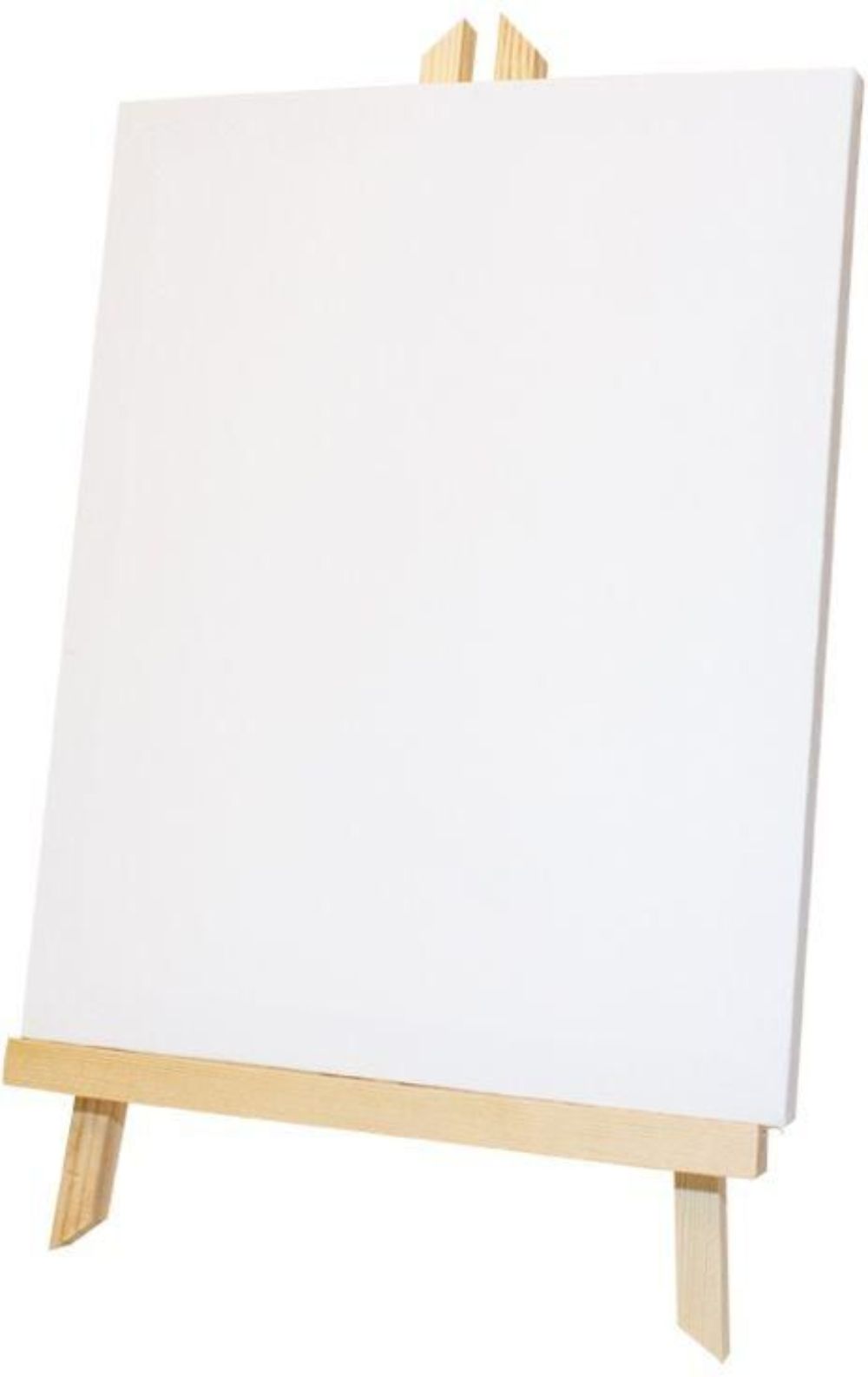
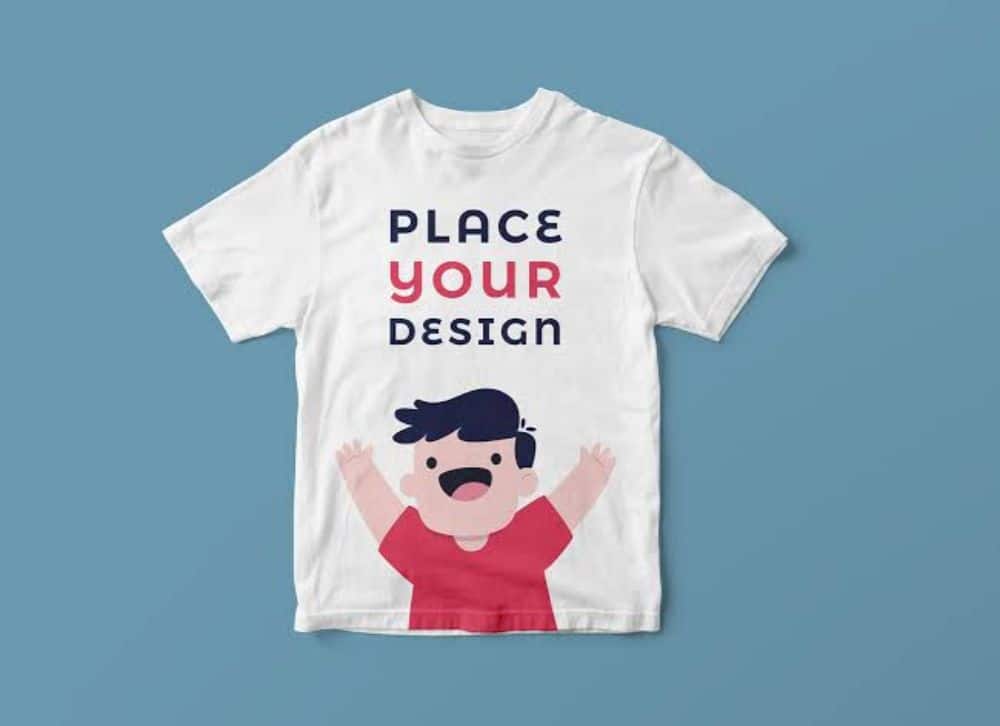



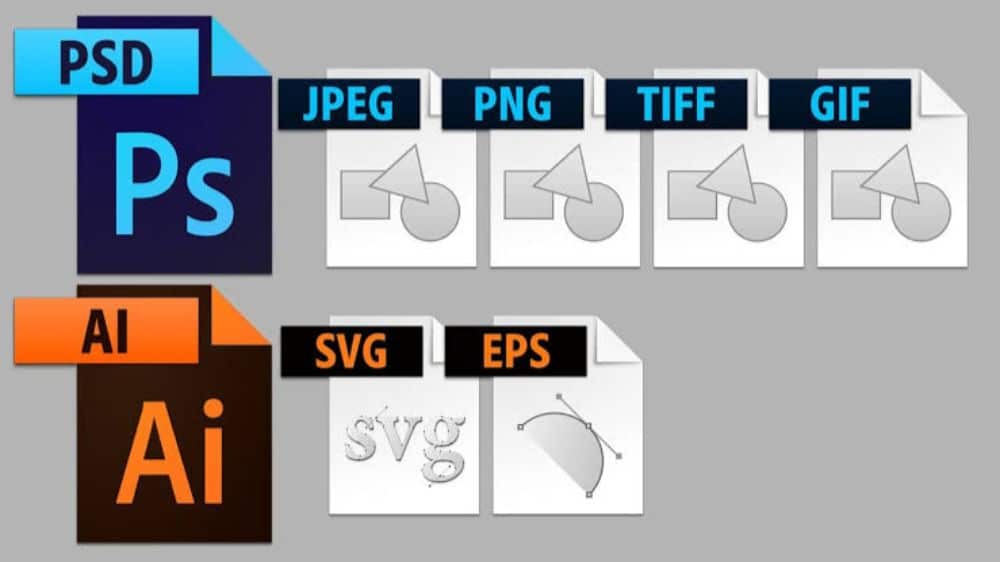

No comments:
Post a Comment